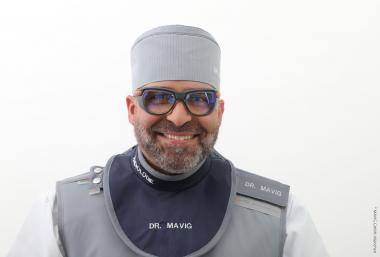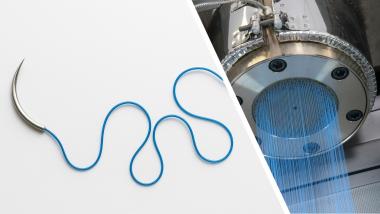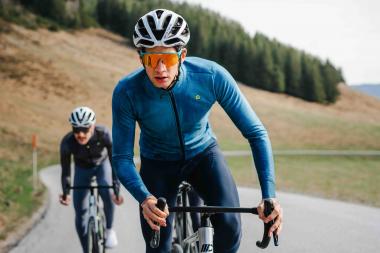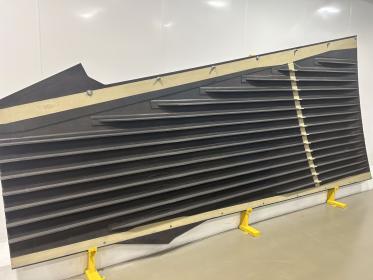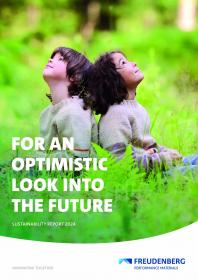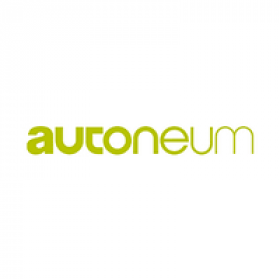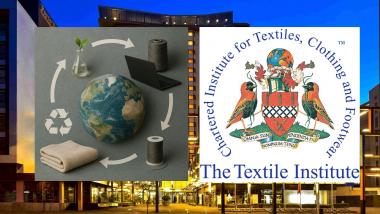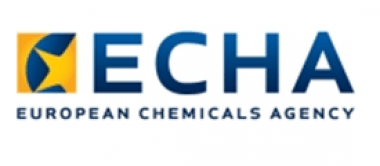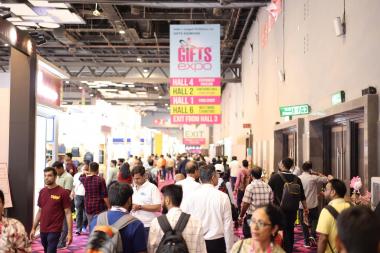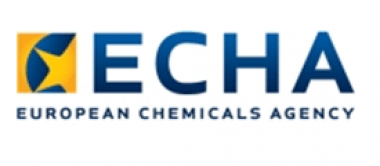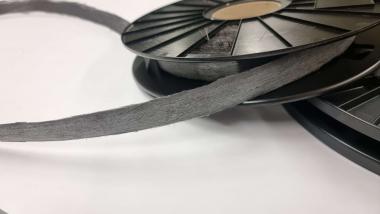MAVIG & Outlast: NASA Technology radiation protection gear
In operating rooms, during examinations, and in emergency situations, medical profession-als work under extreme pressure - concentration and precision are required, often for hours on end. In radiology, where heavy radiation protection gear is part of everyday life, heat stress is a well-known challenge. While protective clothing ensures essential radiation shielding, it also traps heat and moisture, which can lead to fatigue, discomfort, and re-duced efficiency over time.
This is where the partnership between MAVIG, the Munich-based specialist in radiation protection, and Outlast Technologies, the pioneer of adaptive temperature regulation, takes clinical protective gear to a new level.
Originally developed for NASA, the Outlast® technology is based on a principle: it absorbs excess body heat, stores it within the fabric, and releases it when needed. The result is a balanced microclimate directly on the skin - even under heavy protective gear and during extended wear. This means less overheating, less moisture, and greater comfort.
MAVIG integrates these high-tech materials into its protective clothing and head wear, designed specifically for radiology. For doctors and medical staff, the difference is tangible: more comfort, better concentration, and improved performance during long and demanding procedures.
“Our products are designed not only to provide protection but to support medical professionals in their demanding work as effectively as possible,” says Anna-Luisa Uhlitz, Head of Product and Project Management for Personal Protective Equipment at MAVIG. “By collaborating with Outlast, we’ve significantly enhanced comfort for our users.”
Outlast Technologies also sees the collaboration as a perfect match:
“The demands on healthcare professionals are enormous,” says Ingo Horger, Senior Business Development Manager at Outlast. “We’re proud that a technology originally developed for astronauts is now helping everyday heroes in medicine and patient care stay comfortable under pressure.”
Outlast Technologies Outlast medical textiles protection materials personal protective equipment
Outlast Technologies GmbH


